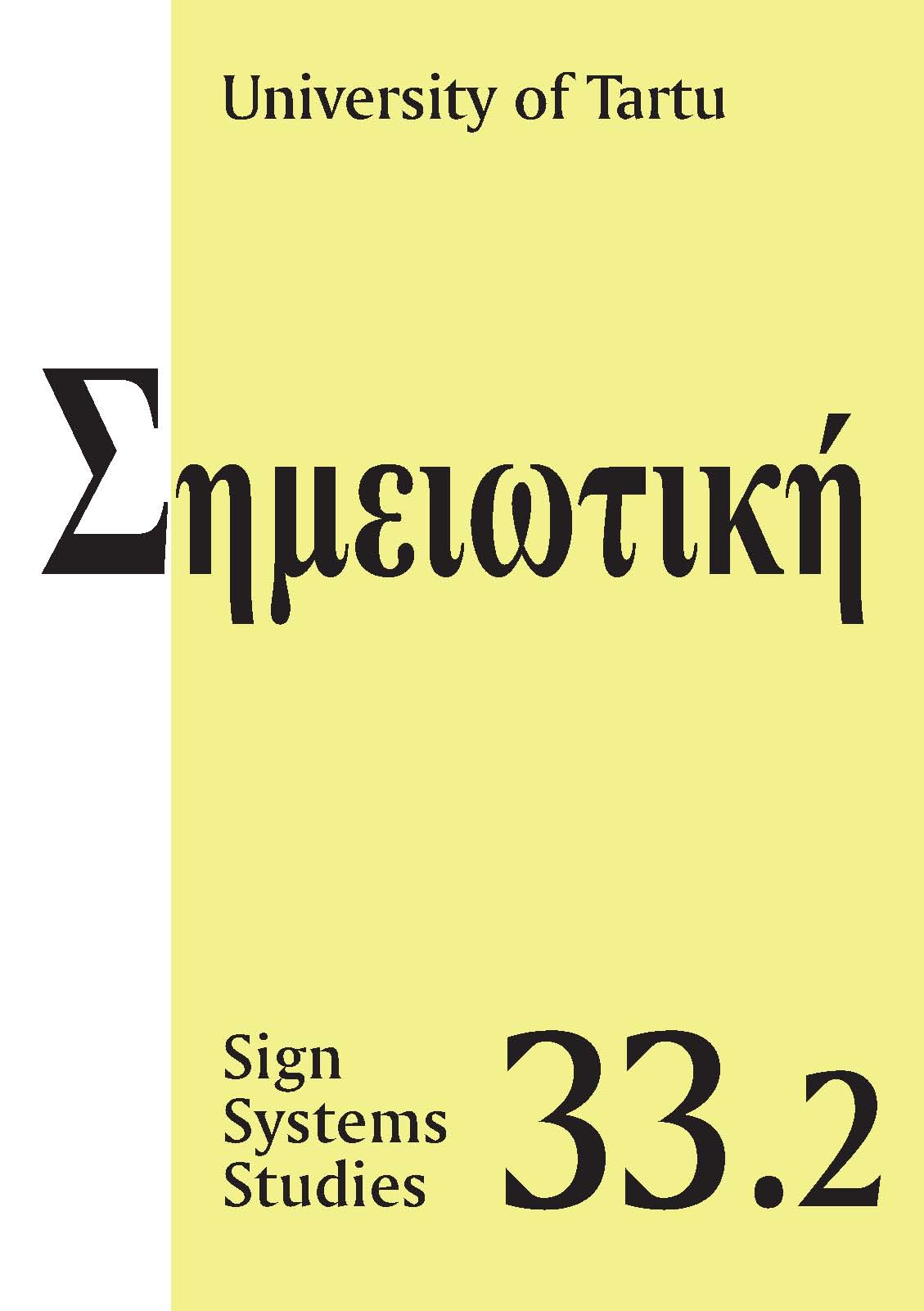Маленький человек в неевклидовом мире: о художественном пространстве в фильме и пьесе Т. Стоппарда “Розенкранц и Гильденстерн мертвы ”
DOI:
https://doi.org/10.12697/SSS.2005.33.2.05Abstract
The little in a non-Euclidean world: On the artistic space in Tom Stoppard's film and play “Rosencrantz and Guildenstern are dead”. It is shown that quite different aspects of Tom Stoppard’s work — spatial organization, relationship between reality and the conditional character of events, causality and narrative links, the problems of choice and personality — are united by the spatial one-sided model like the Möbius strip or Klein bottle. The artistic space turns out to be not orientable, the time being cyclic. This enables us to explain the mutual exchange of names between Rosencrantz and Guildenstern and a number of other paradoxical features in the plot and composition. The model like the Möbius strip embodies the absence of a free choice: there is no other side in the world and there is no chance to escape from the fate indicated in the title of Tom Stoppard’s work. The relevance of topology, e.g. the property of a global nature, is connected with the fact that a bearer of danger is the world as a whole. Apart from this, it points to the fact that such a structure of the world is essentially “non-Euclidean” and cannot be understood on the basis of observations from every-day life or “obvious” experiments like those carried out by Rosencrantz.


